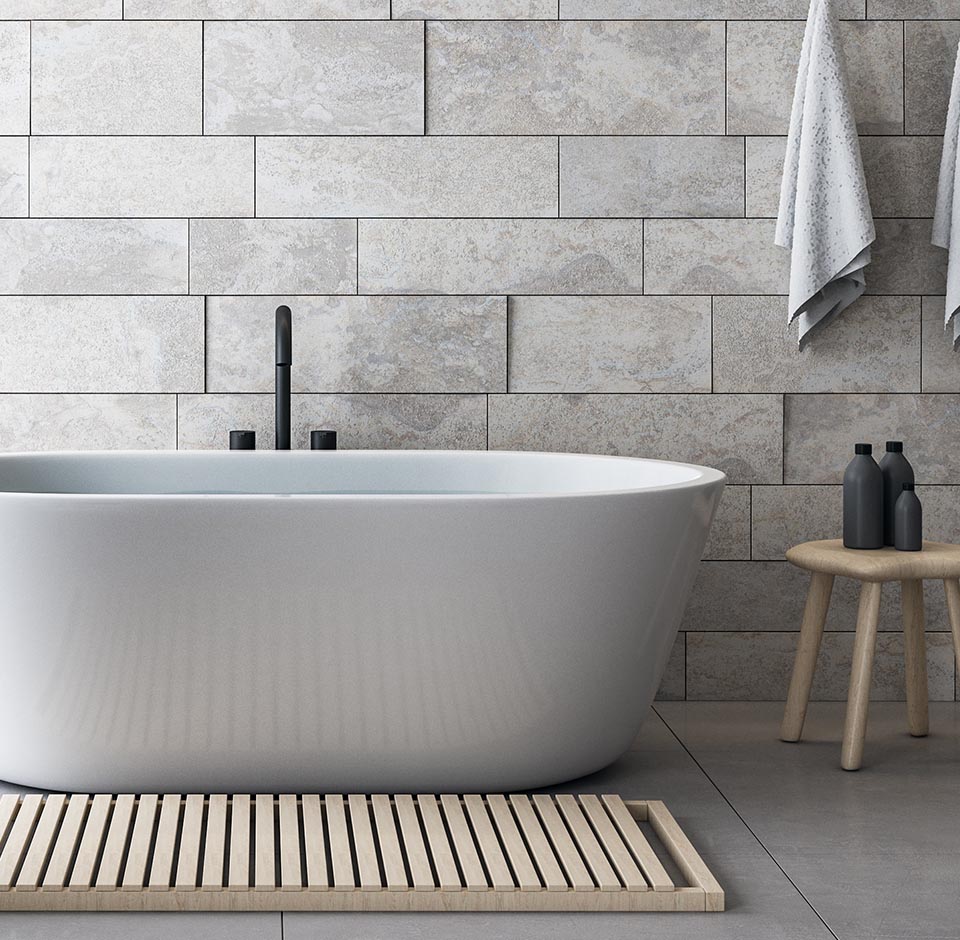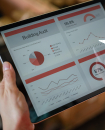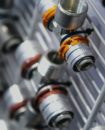Top 10 Tips for Better Hotel Water Management
Hotels are facing increasing pressures from both guests and sector organisations to manage water use more effectively. Here are top 10 tips for better hotel water management.
The demand for water continues to grow while access to usable sources remains fairly static with only 1% of the total being available in rivers, lakes, atmosphere and underground wells for human consumption. With rising populations over the past 40 years, the water available per human has been halved.
So it makes both commercial and environmental sense to manage water use.
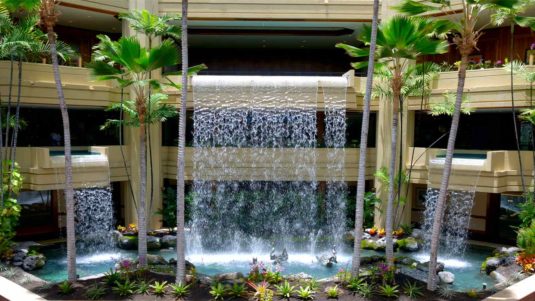

1: Strategic vision – set up a water management plan
The success of water saving strategies depends on the development of a coherent, long-term water management plan that has well-defined and achievable targets.
The strategic plan will need to look into all aspects of the organisation, the teams involved, training needed and continual monitoring and feedback.
Robust data is crucial and success will depend on the identification of water usage figures in detail. If not already in place, it is crucial to have meters for overall consumption data as well as sub-meters to show areas of highest consumption. This full water audit is the bedrock for tactical planning and action.
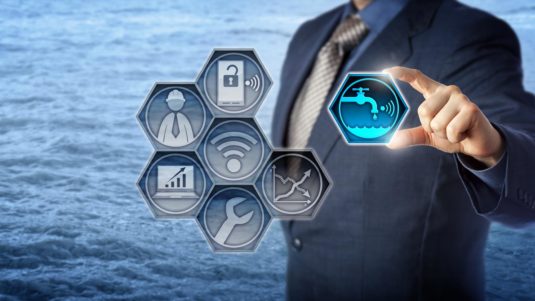

The water audit will identify consumption figures that can be compared with average benchmarks in the sector, highlighting where the savings can be made. The audit will be blended with data on water costs per guest over a given period and the potential cost savings from implementation of efficiency.
It’s important to combine these so that a coherent case can be made to key stakeholders, particularly financial directors, demonstrating the sound commercial basis for actions and expenditure, including ROI, as well as benefits for the environment.
2: Set guidelines and focus on each area
With the data in place, guidelines can be set for each area around the best ways to save and conserve water, with a range of low-flow technologies and products identified, and the potential savings from each.
For a sustainable strategy, it’s crucial to keep a close eye on the products and technologies chosen with regular maintenance to ensure optimum performance, identify leaks and any faults.
3: Target bathroom savings
Showers, taps and toilets consume around 30%-40% of a typical hotel’s water. The guest room is a prime focus for water reductions that are both commercially viable and sustainable.
An eco shower is one of the most effective ways of reducing the amount of water used in a hotel, saving 50% on water usage with no compromise on guest experience.
There are added benefits because using less should cut the amount of energy needed to heat the water and cut carbon emissions.
It’s clear that more hotel guests than ever are keenly aware of environmental issues, which means that hotels need to balance the best bathroom experience while reassuring their customers that they are actively pursuing effective green policies.
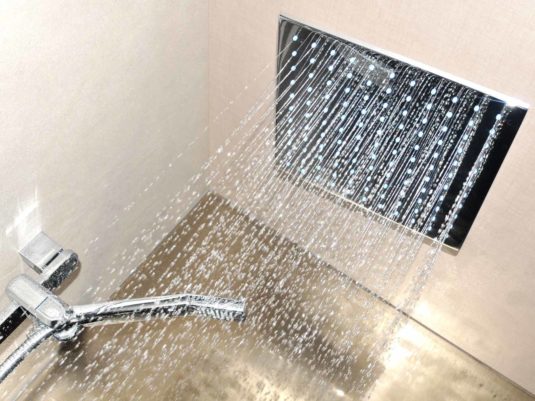

There is always the need for fittings that are robust, well-manufactured and stylish. The range of options for both fixed and hand eco showers is remarkable, with designs that will match pretty much any guest bathroom design.
The best low flow toilets for both guest rooms and rest rooms use up to 84% less water and 80% less energy on average than standard models while other models are duel flush so guests can opt for a shorter flush.
If full-scale refitting is not feasible, then the use of displacement bags in the cistern helps to substantially reduce water usage.
Eco taps reduce water consumption by over 50% with no negative effect on guest experience and if current taps need to stay in place in guest rooms and rest rooms then low-cost tap aerators that achieve a similar effect can be considered.
Again, maintenance programmes are essential. For example, a leaking toilet can waste 750 litres of water daily.
4: Laundry efficiency
The laundry is another prime area to make ongoing water savings. Where feasible, always fully load machines and run a short rinse cycle that does not reduce efficiency and think if it is possible to install temporary holding tanks that can store water from previous rinse cycles for the first wash of the next cycle.
Replacement washing machines should have the best water consumption rating. Larger hotels may need to investigate the installation of continuous batch washers that uses the rinse water for pre-washing and main operation. It’s important to make sure that water flow rates on tunnel washers and continuous batch washers are set to recommended settings.
Ozone laundry systems, which inject ozone into the water, are another option for maximising water savings. The ozone combines with laundry chemicals to provide a more efficient wash.
Maintenance is also of prime importance with regular tests for leaking dump valves and to make sure that water inlet valves close effectively while also checking level controls on water reuse tanks.
But, if you outsource the laundry service, it is still beneficial to check what water-saving measures the firm has in place and to monitor these annually as part of the overall water strategy.
5: Swimming pool efficiencies
Hotel swimming pools can account for up to 10% of water use but there are a range of measures that will reduce this significantly.
Water sub-meter readings should be done at the same time every day, late night and early morning, to identify any loss through leaks and regular maintenance is essential to prevent these.
To prevent evaporation and so minimise the need for refilling, always cover swimming pools when not in use. And It’s very effective to reduce the amount of backwashing from a daily regime to just once every two or three days. Backwash systems that collect the water are ideal, as this can be re-used in the grounds and elsewhere.
The use of push-button poolside showers is also a very effective way of optimising water use.
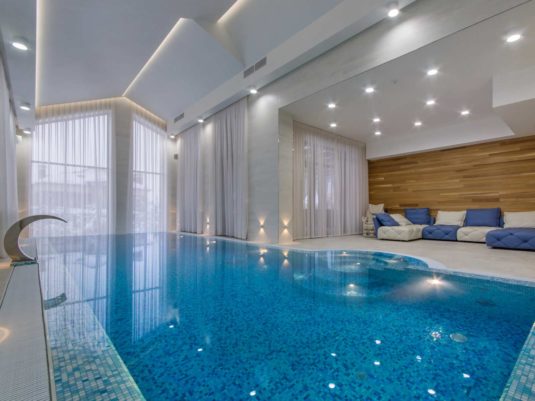

6: Effective irrigation
The gardens and grounds of many hotels need constant care but for maximum water efficiency, it is wise not to deploy automated systems. But if these are absolutely necessary, then use of sprinkler timers is a highly effective way of minimising consumption, as are moisture sensors that avoid over-watering.
As part of the overall strategic plan, make sure there are procedures for manual watering while training gardeners to minimise water use. Native plant species may need less water so these are first choices. In hotter climates, make sure watering is done in the cooler evenings.
Hotels can also make good savings by harvesting rainwater from roofs and gutters, diverting it to storage tanks or water butts for use in the gardens and grounds. An added benefit is that plants are healthier when watered with rainwater.
The gardening teams will also be tasked with keeping soil well composted with layers of wood chips to minimise moisture loss.
7: Savings in the kitchen
While fitting low-flow taps is not an option for many busy kitchens, the most efficient models provide the flow needed for rapid pan filling and other tasks.
Training staff to avoid leaving taps running continuously where possible is another major benefit, by pre-soaking of utensils and dishes, for example. Washing fruit and vegetable in the sink rather than under a full flowing tap also make substantial savings.
In the same way, staff should be encouraged to not thaw food under running water and avoid using running water to melt ice, while where possible it’s a benefit to minimize ice machine usage as well as adjusting them to dispense less ice.
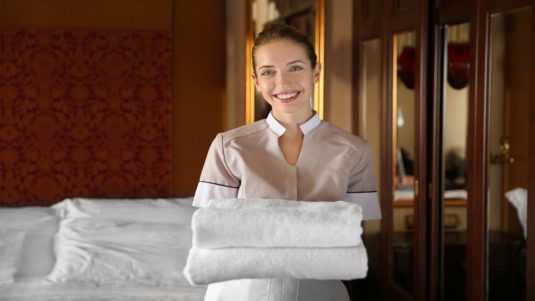

8: Housekeeping training
As part of the strategic plan, make sure that housekeeping staff are trained on the best ways to reduce water consumption. These include points like not letting taps run, using a mop rather than hose to clean floors and setting the optimum number of times for toilet flushing when cleaning.
It’s important also to set up a linen reuse schedule that not only will reduce water use but also prolong fabric life and save staff time. The success of reuse policies revolve around guest support so allow them to choose not to have their linen changed every day.
9: Harvesting grey water
Grey water can be collected from baths and sinks to irrigate the grounds and gardens. Efficient systems can also provide wastewater to be returned to the hotel after treatment for toilet flushing.
However, the complexity of the pipework means considerable expense so these systems are far easier to deploy in new properties, although established properties are increasingly choosing to install them. ROI can be between two to 15 years, depending on the type of system chosen and water costs.
It is also possible to install a system to treat black water from toilets for irrigation use, as long as the process is carefully managed.
10: Staff training essential
A central element of any successful water saving programme is the buy-in from staff. It’s essential that the strategy is fully explained to all employees, giving them the opportunity to suggest ways to improve water savings.
Well trained staff should respond positively to targets that they understand and support, as well as guidelines and procedures for optimising water efficiencies. Open communication will also help with ongoing feedback on what is working well and what does not help, so that changes can be made.
